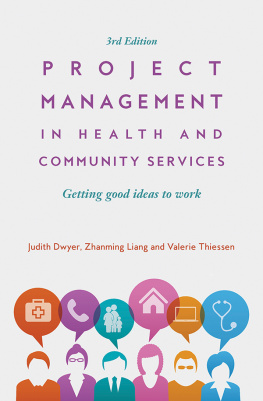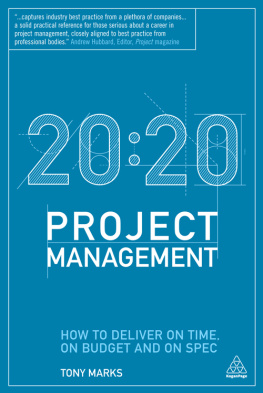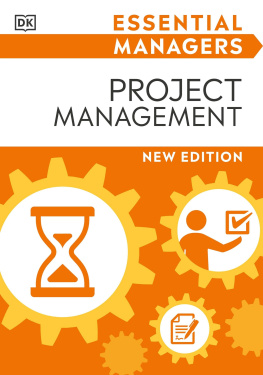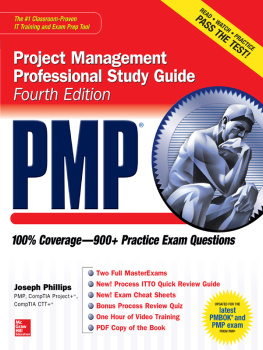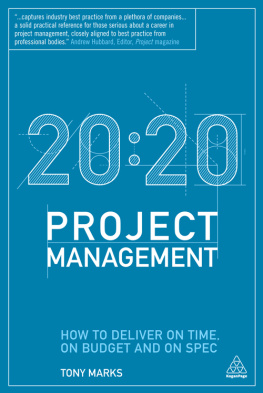First published in 2004
Second edition published in 2013
Third edition published in 2019
Copyright Judith Dwyer, Zhanming Liang and Valerie Thiessen 2019
All rights reserved. No part of this book may be reproduced or transmitted in any form or by any means, electronic or mechanical, including photocopying, recording or by any information storage and retrieval system, without prior permission in writing from the publisher. The Australian Copyright Act 1968 (the Act) allows a maximum of one chapter or 10 per cent of this book, whichever is the greater, to be photocopied by any educational institution for its educational purposes provided that the educational institution (or body that administers it) has given a remuneration notice to the Copyright Agency (Australia) under the Act.
Allen & Unwin
83 Alexander Street
Crows Nest NSW 2065
Australia
Phone: (61 2) 8425 0100
Email:
Web: www.allenandunwin.com

ISBN 978 1 76063 281 6
eISBN 978 1 76087 146 8
Internal design by Romina Panetta
Index by Puddingburn
Set by Midland Typesetters, Australia
Cover design: Romina Panetta Edwards
Cover images: iStock
80-hour rule A rough guideline about the normal scale of activities in a work breakdown structure: no single activity should require more than 80 hours (or two weeks) of work.
Activities A collection of related tasks that contribute to a single deliverable.
Agile CA system or software development method.
Benefits A net positive change in outcomes, including patient care and health or wellbeing outcomes.
Benefits realisation A method of evaluating project success according to whether the intended benefits (financial or other) are achieved, often some time after the project itself is completed. Used most frequently in information systems projects.
Best practice A method or technique that has consistently shown results superior to those achieved with other means and that may be used as a benchmark.
Budget A financial document that forecasts or plans the expected dollar inflows (revenue) and dollar outflows (expenses) for a project.
Business case A document that describes an intended service or business in operational and financial terms, and seeks to establish that the service as planned can be financially viable (or profitable)a positive business case is one in which the revenue/benefits outweigh the costs.
Buy-in The level of support among any group of stakeholders (often staff and management) for the project and/or the proposed changes.
Cash flow The movement of money into and out of a business, project or financial entity during a specified period of time.
Close/close-out The fourth phase of the project cycle, when the process of handover, or transitioning from the project to the new method or state, is completed.
Commissioning This term has two meanings:
1. The process of ensuring that a new facility, piece of equipment or service is fully operational.
2. The process of engaging a team, company or consultant to conduct a project, service or other activity on behalf of the funding agency.
Contingency A potential problem or change in the project; an amount of money or other resource held within the project to cover elements of risk or uncertainty.
Control Ensuring that the project keeps to the agreed project scope, budget, schedule and quality.
Cost-benefit analysis (CBA) Estimates (in monetary terms) the costs and benefits (or measure of effect) of an intervention or program.
Cost-effectiveness analysis (CEA) Compares relative cost and outcomes (or effect) of two or more interventions with the effect expressed in non-monetary terms using natural units such as cure rate or reduction in the incidence of a disease.
Cost-utility analysis (CUA) Expresses outcomes in the non-monetary unit of quality-adjusted life years (QALYs) so that comparisons of benefit can be made between alternative treatments or interventions.
Critical success factors (CSF) The important aspects of projects (and their contexts) that are known to affect the achievement of outcomes.
Deliverable leg A graphical presentation in a WBS of the work required to complete each deliverable.
Deliverables The concrete goods or services that will be produced by the project and handed over on its completion.
Direct costs The costs incurred by and for the project that would not otherwise be incurred by the organisation.
Economic evaluation Type of analysis that estimates the relative value of alternative options.
Effectiveness The extent to which planned outcomes are achieved by a service or product in normal conditions (rather than in the laboratory or in trials). The answer to the question does it work in practice?
Efficacy The extent to which planned outcomes are achieved by a service or product in ideal conditions. The answer to the question can it work?.
Electronic Health Record (EHR) or Electronic Medical Record (EMR) The systematised collection of patient and population health information, electronically stored in a digital format.
Escalate Taking problems or issue/s higher in the organisation in order for them to be resolved, or implementing the next level of action required to overcome an identified risk.
Evaluation indicators Markers of a projects progress, change and success.
Evidence-based practice Decisions in (clinical) practice based on evidence from research studies and other sources of reliable information (for example, internal data).
Exclusions What is out of the project scope (what the project wont do).
Expenditure items Expenses incurred by a project.
Feasibility study A process that objectively and rationally examines whether a proposed project, service or system can be successfully implemented.
Gantt chart A commonly used method of presenting the timelines and tasks of a project, and of charting actual progress. It plots activities (in rows) against the timeline (in columns), thus showing the relationships between them.
Gap analysis An assessment of information about gaps and potential capacity in the available service system.
Gateway Review/Process A project assurance methodology to improve the delivery of major projects. It involves short, sharp and confidential reviews conducted by reviewers not associated with the project at six key stages of the project life cycle, also known as gates.
Go/no go The time at which the organisation decides whether or not to proceed with the next stage of a project, or to accept a chosen system or model.
Go-live The time at which a product, deliverable or outcome is put into practice.
Goal A statement of what the project aims to achieve.
Grey literature Research that is unpublished or not published in the peer-reviewed research literature, such as government reports and policy documents.
Impact evaluation Measures achievement of the projects goals and objectivesthat is, it focuses on the short-term results.
Implementation Planning Study (IPS) A study conducted prior to ICT or information-system implementation to understand the solution to be implemented, the requirements of the implementing agency, and confirm the implementation scope and approach.

